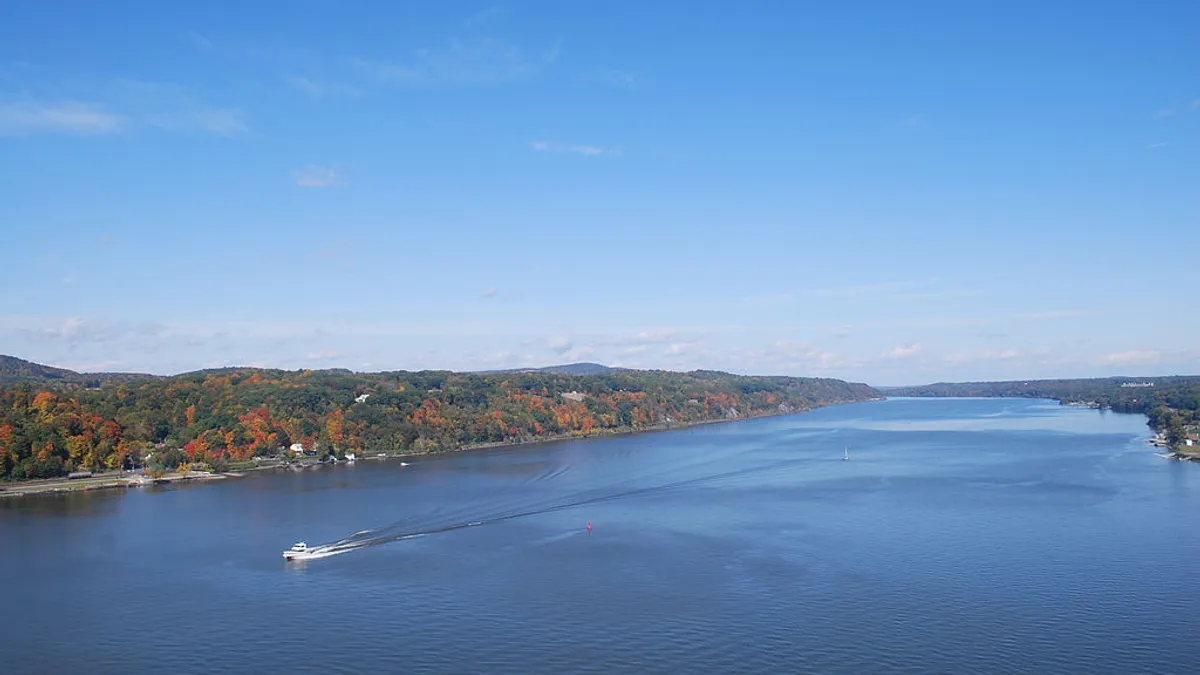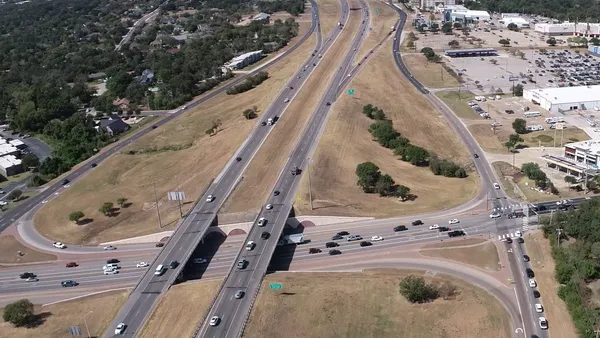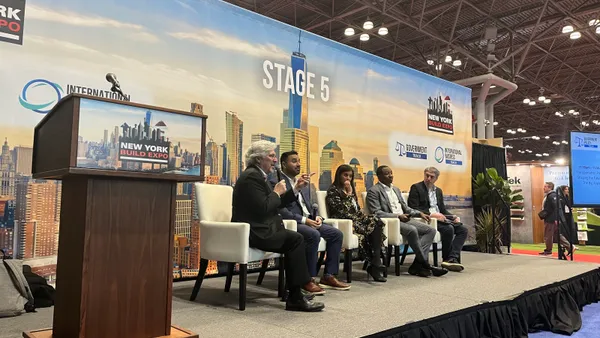Dive Brief:
- A draft environmental review by the Federal Transit Administration (FTA) has put the construction costs of the Hudson River tunnel project at $12.9 billion, a hefty bump from previous estimates of $7.7 billion, according to The New York Times.
- Project officials said one reason that the costs went up is because the location for the new tunnel connecting New York and New Jersey had not yet been decided when the initial costs were released.
- The new tunnel will cost approximately $11.1 billion, according to the FTA, and repairs to the old tunnel, which sustained serious damage from Superstorm Sandy in 2012, could cost as much as $1.8 billion.
Dive Insight:
Officials from the Gateway Program Development Corporation (GPDC), the group overseeing the tunnel project, said it is ready to move forward with its construction plans, but the Trump administration has yet to commit to funding it. In fact, the president's 2018 budget suggested cutting the New Starts grant program, which could be one of the most appropriate funding vehicles for the project.
A holdup in federal funding could cause a delay in the schedule and result in even higher costs. The existing tunnel is a priority repair because the residue from floodwaters that entered the tunnel during Sandy continues to eat away at critical equipment. If that tunnel were to shut down before the new tunnel is complete, it could have repercussions for travelers up the Northeast corridor and in the region.
It might be because the prospect for federal funding is up in the air that the GPDC has agreed to consider private financing options for the project. Gateway officials said they have already received interest from private companies wishing to perform the projects in the program as public-private partnerships (P3s).
Earlier this month, the USDOT announced that it was withdrawing from the board supervising the Hudson River tunnel project and other transportation initiatives under the $24 billion Gateway Program. Agency officials said the USDOT wanted to avoid the appearance of favoritism, as it works with other transportation initiatives across the country.












